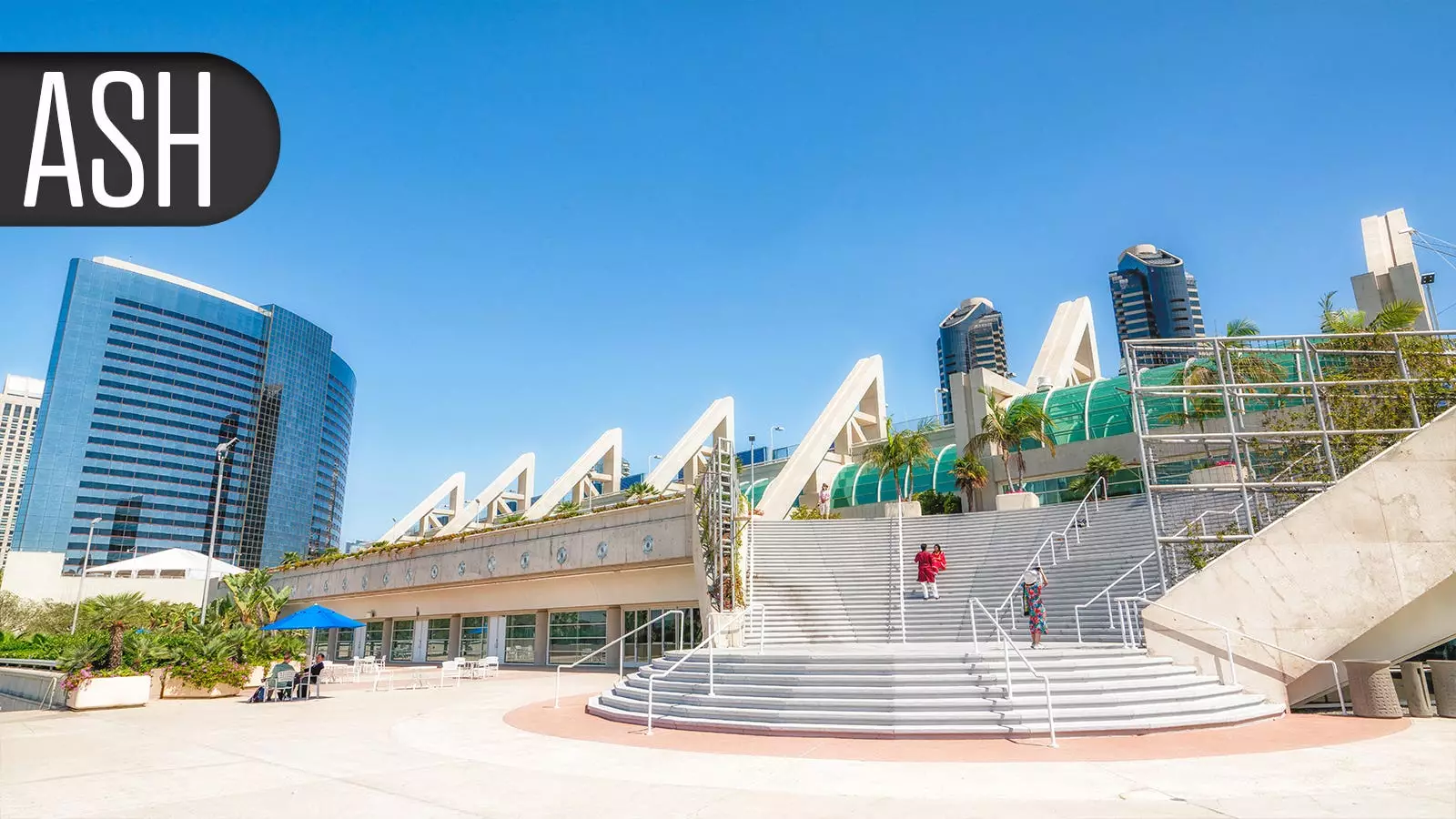B-cell acute lymphoblastic leukemia (B-ALL) remains one of the most challenging cancers in pediatric populations, especially when faced with relapsed or refractory cases. A recent breakthrough in CAR T-cell therapy, particularly focusing on a novel bicistronic product targeting both CD19 and CD22, demonstrates renewed hope for children battling this aggressive form of leukemia. This article delves into the implications of these findings and their potential transformative effects on current treatment paradigms.
In what can only be described as a landmark trial, researchers, led by Dr. Hua Zhang from SPH Biotherapeutics, reported astonishingly high complete remission rates among children undergoing treatment with the bicistronic CAR T-cell therapy. Out of 343 pediatric patients studied, a staggering 99.1% achieved either a complete remission or a complete remission with incomplete count recovery. This response showcases not only the efficacy of this dual-target approach but also the potential to redefine treatment outcomes in relapsed or refractory B-ALL cases.
The study’s long-term results reveal even more promising statistics, with event-free survival (EFS) rates reaching 75.5% and overall survival (OS) rates at 93.5% after one year. Such results are significantly noteworthy amid the historical challenges that have plagued traditional therapies, making this new approach critical for further investigation and incorporation into standard treatment protocols.
While the efficacy of the bicistronic CAR T-cell therapy cannot be overstated, attention must also be paid to the associated side effects, particularly cytokine release syndrome (CRS). The trial found that all patients experienced some form of CRS, with around half suffering from grade 3 or 4 events. This highlights a vital component of CAR T-cell therapy—the balance between efficacy and safety. Dr. Zhang noted that the severity of CRS correlated more closely with the overall disease burden and the viability of the CAR T-cells than with the dosing of infused cells.
These insights are paramount for clinicians who must navigate the complexities of treatment management. Effective monitoring and risk mitigation strategies for CRS will be crucial in maximizing patient outcomes while minimizing potentially life-threatening complications from the therapy.
Among the cohort, a subgroup of 38 patients received consolidative allogeneic stem cell transplants post therapy, yielding notable improvements in EFS, though OS rates remained consistent. Specifically, EFS rates for this group reached 89.7% compared to 76.8% for those who did not receive the transplant. Although this suggests a beneficial role for stem cell transplantation in enhancing clinical outcomes, further research is warranted to characterize the ideal patient populations that would most significantly benefit from this combined approach.
Dr. Rachel Rau from the University of Washington emphasized the importance of advancing CAR T-cell therapy as part of a comprehensive treatment strategy. The introduction of bispecific T-cell engagers like blinatumomab has already shown promise in extending remission duration but has its limitations, especially for isolated central nervous system relapses. CAR T-cell therapy, particularly through the dual targeting of CD19 and CD22, could fill existing gaps in treatment efficacy, especially for those patients who continue to experience relapses following frontline therapies.
This evolving landscape underscores the necessity for ongoing clinical trials exploring various combinations of therapies, fostering an environment that prioritizes individualized treatment plans which align better with patient demographics and disease presentations.
As researchers and clinicians look forward, the ongoing phase I trial to further examine the bicistronic CAR T-cell product is a step in the right direction. Continued exploration into the long-term effects, optimal patient selection, and management of adverse events will be crucial in solidifying its place within therapeutic protocols for B-ALL.
The initial response rates to the investigational bicistronic CAR T-cell therapy convey an optimistic trajectory for pediatric B-ALL patients. As the scientific community continues to understand and enhance these therapies, it opens up a promising avenue for not only improving survival rates but also eventually curtailing the long-term impacts of treatment-related complications. The quest for innovation in pediatric oncology remains paramount as we strive for safer, more effective therapeutic options.

Leave a Reply